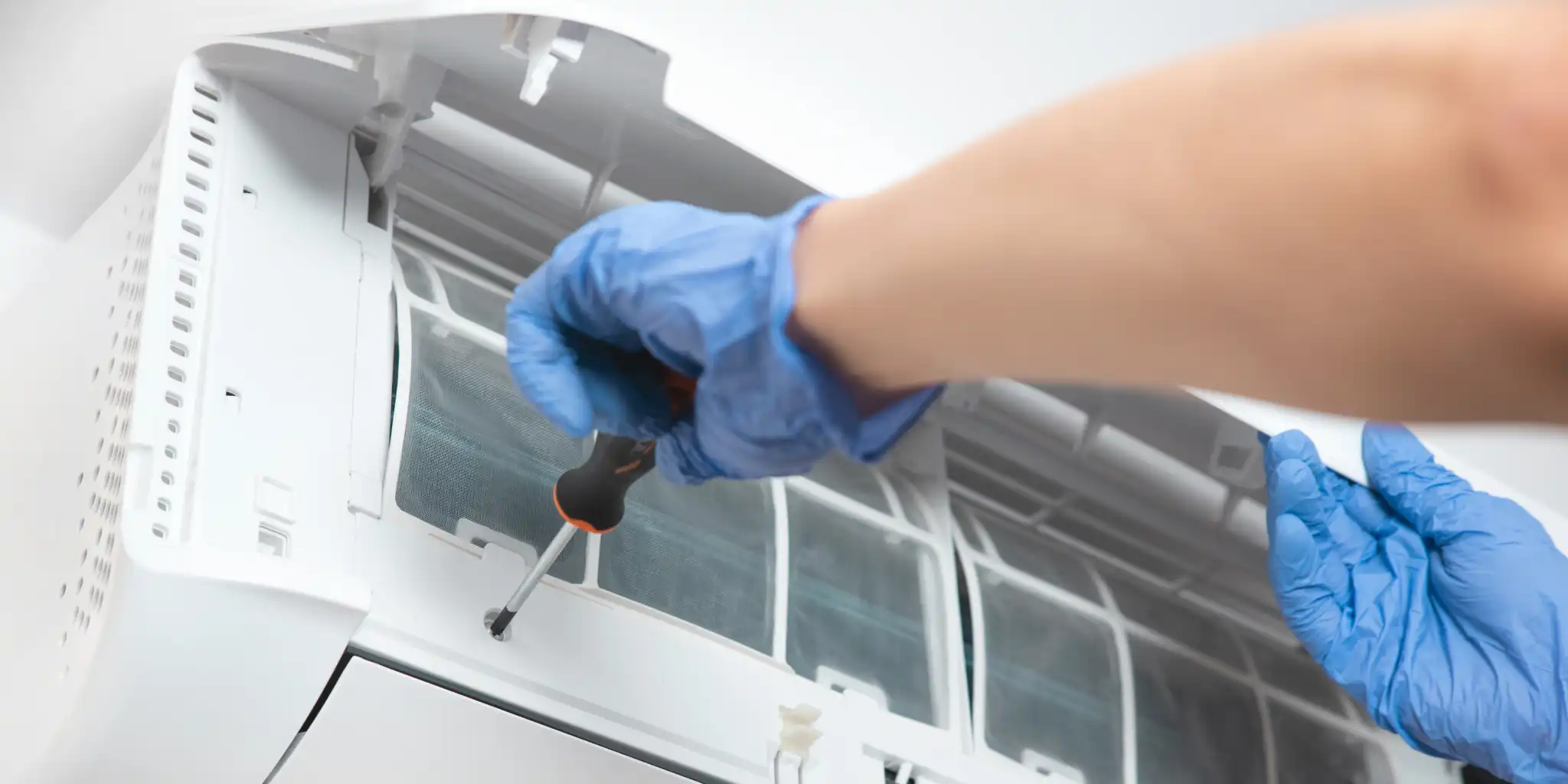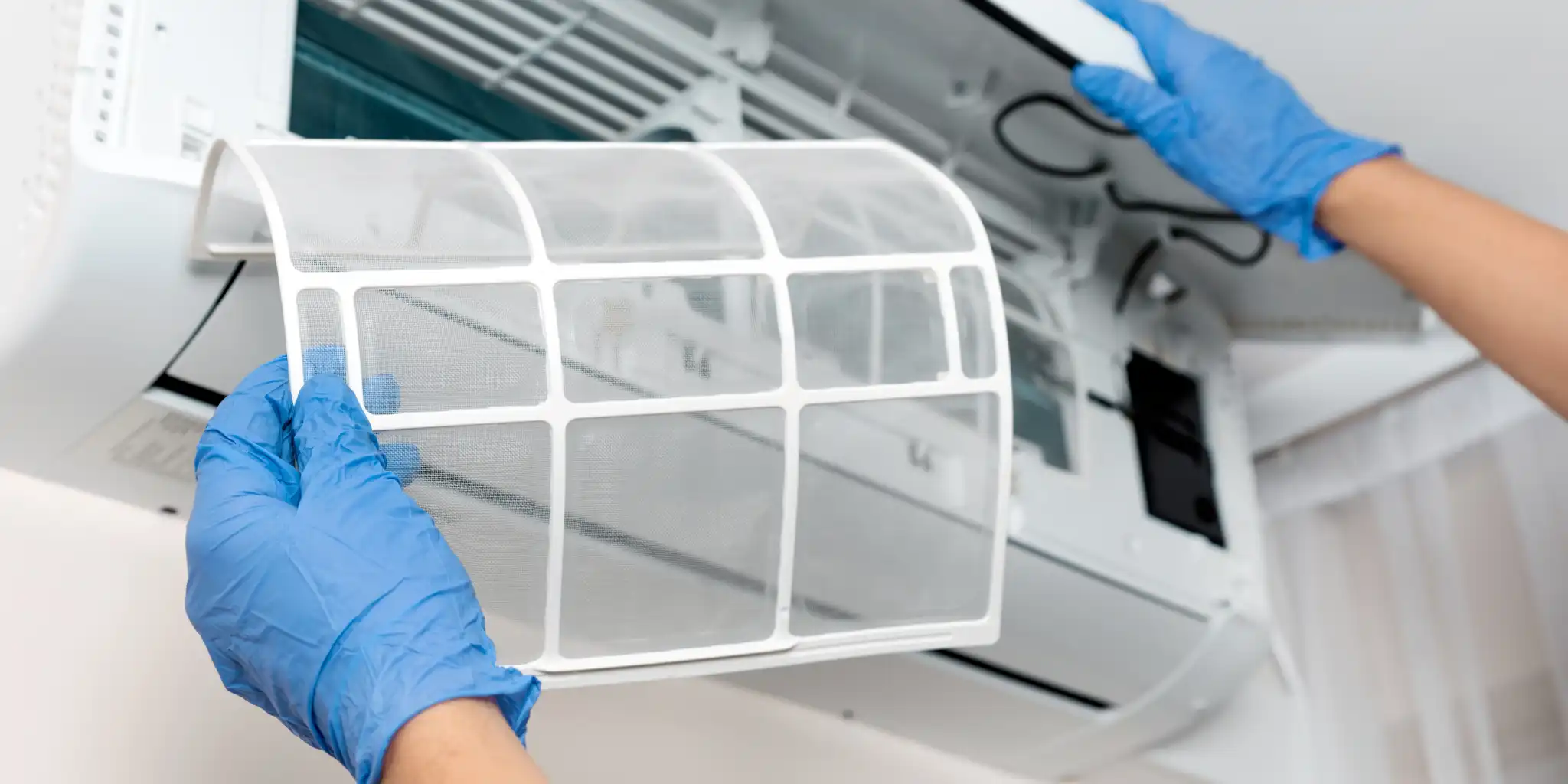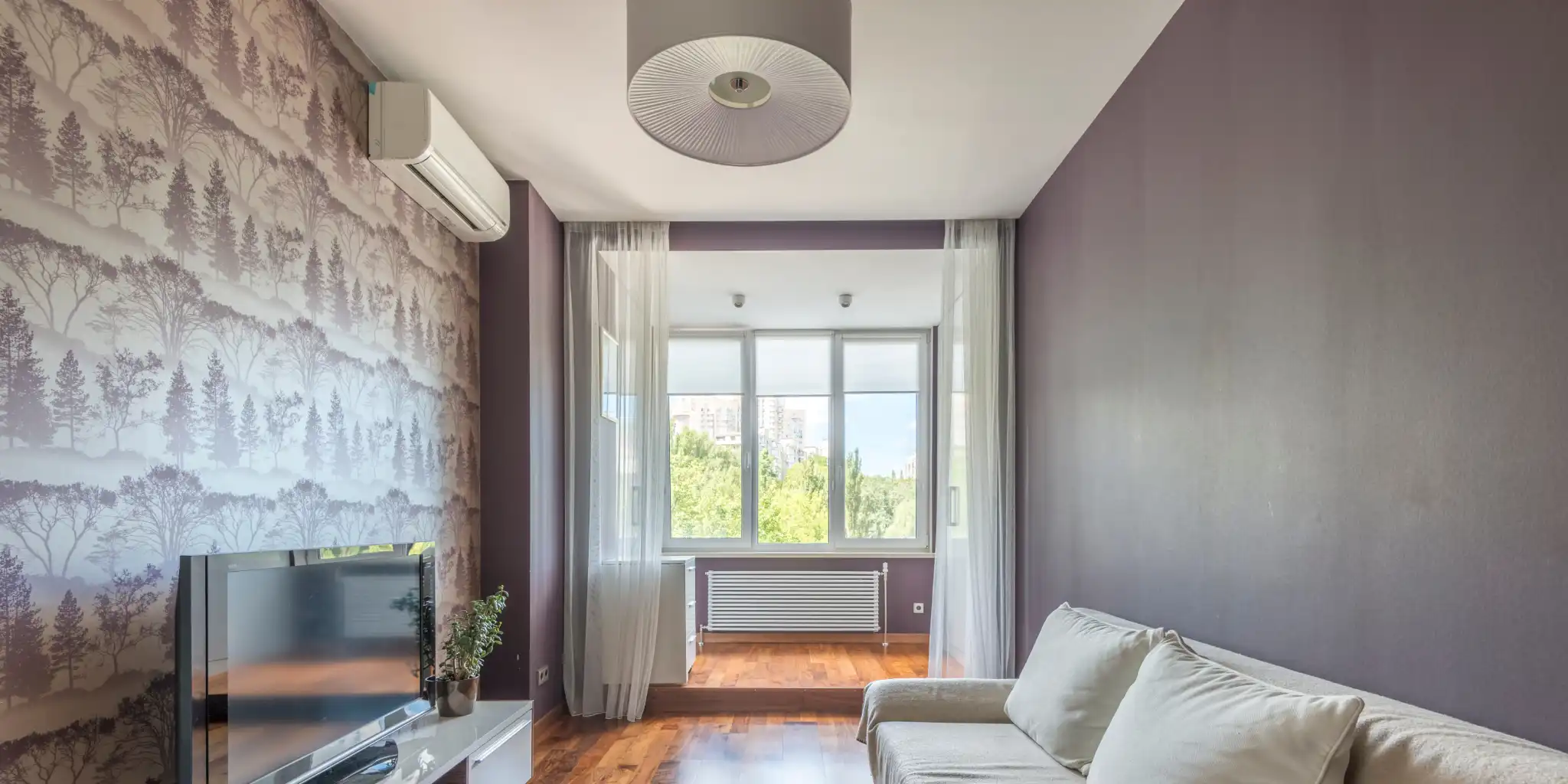
Air conditioning is in every Australian home because of the heat and humidity we get in summer. While these systems are meant to cool us down and be comfortable, they can cause health problems. For some people, being in air conditioning for too long can trigger allergy symptoms and turn a comfort tool into a greater danger than the Australian sun.
Knowing that air conditioning can trigger allergies is key to having a healthy home. This article looks at the allergens created and spread by air conditioning systems, how they can affect you, and how you can reduce the impact on your well-being. For more information on Air Conditioning and air quality, check here.
Common Allergens Associated with Air Conditioning Systems
Dust and Dust Mites
Air conditioning systems can become a dust and dust mite haven. Dust particles and mites accumulate in ducts, filters, and vents if the system isn’t cleaned regularly. When the air conditioner runs, it circulates these tiny particles throughout your home, and sensitive people can react. Sneezing, a runny nose, and itchy eyes are common symptoms of exposure to these allergens. High-efficiency filters can help reduce the spread of dust and dust mites, but regular cleaning is still key.
Mould and Mildew
Mold and mildew love damp environments, so air conditioning systems are a perfect breeding ground. Moisture can build up in the system due to condensation, especially in poorly maintained units. As mold spores grow and spread, they are dispersed into the air and can cause respiratory issues, allergies, and even asthma attacks. A musty smell when the air conditioner is running is a sign of mold. To prevent mold and mildew, regular inspection and cleaning of the system components and maintaining the proper humidity levels in your home are key.
Air conditioning systems are great but can harbor and circulate allergens that can harm your health. Knowing what allergens are associated with these systems allows you to prepare to deal with them and improve indoor air quality. Ensure you invest in regular professional maintenance to keep your air conditioning system allergen-free.
Signs You Might Be Allergic to Your Air Conditioning System

An allergic reaction to air conditioning can manifest in many ways. Knowing the symptoms is the key to determining if your air conditioner is the problem.
Common Allergy Symptoms
Sneezing, nasal congestion, runny nose, and itchy or watery eyes are common symptoms of an allergic reaction. These symptoms worsen when you spend more time indoors or when the air conditioner is running. Skin irritation and rashes can also occur, especially if dust mites or mold are circulating through the air con.
Respiratory Issues
More severe reactions can include coughing, wheezing, and shortness of breath, especially in people with asthma or other similar conditions. These symptoms can occur from exposure to airborne allergens like mold spores or fine dust particles.
Worsening of Symptoms Indoors
One of the signs is when symptoms improve when you are outside or away from the air-conditioned area. If your allergy symptoms disappear outside the home but come back when you’re indoors, your air conditioning system could be the culprit.
How Air Conditioning Maintenance Can Help Prevent Allergies
Having a professional maintain your air conditioning system regularly is vital to minimizing the allergens entering your home. A well-maintained system runs efficiently and reduces the spread of allergens.
Cleaning and Replacing Filters
One of the simplest and most effective ways to prevent allergens is to clean or replace air filters. Filters trap dust, pollen, and other airborne particles from circulating in your home. Over time, filters can get clogged, reducing their effectiveness and even releasing trapped allergens into the air. High-efficiency particulate air (HEPA) filters are best for capturing fine particles and can significantly improve air quality. Clean or replace filters every three months or more often during heavy usage.
Checking and Cleaning Ductwork
Ductwork is another area where allergens like dust, mold, and debris can accumulate. Over time, these particles can spread through the air conditioning system and into your living areas. Having your ductwork professionally cleaned will remove any built-up contaminants and reduce the risk of allergies. Checking and sealing duct leaks will prevent outside allergens from entering the system.
Regular air conditioning system maintenance is an investment in your health and comfort. By keeping filters and ducts clean, you can reduce the presence of allergens and keep your home safe and healthy for your family.
Additional Tips for Reducing Allergens at Home
Other than maintaining your air conditioning system, there are other ways to minimize allergens and create a healthier indoor environment.
Keep Windows Closed During High Pollen Seasons

Pollen is a major allergen, especially during Australia’s hottest seasons, spring and summer. Close your windows and doors during high-pollen periods to prevent outdoor allergens from entering your home. Instead of opening windows, use your air conditioning system to keep your home comfortable.
Use a Dehumidifier
Mold and dust mites love humid environments, so controlling indoor humidity is essential. A dehumidifier can maintain an optimal humidity level between 30% to 50% and reduce mold growth and dust mites. Some air conditioning systems also have built-in dehumidification features.
Vacuum and Dust Regularly
Vacuuming and dusting regularly are key to keeping allergens away. Use a vacuum cleaner with a HEPA filter to trap fine particles that will otherwise be released back into the air. Dust with a damp cloth to prevent allergens from becoming airborne.
By following these practices and maintaining your air conditioner regularly, you can reduce allergens in your home and create a cleaner and more comfortable living space for you and your family.
When to Seek Professional Help for Allergies Related to Air Conditioning
If you think your air conditioning system is causing allergy symptoms, professional help can fix the problem.
Persistent Allergy Symptoms
Consult a doctor when allergy symptoms like sneezing, nasal congestion, or respiratory irritation persist despite cleaning and maintaining your air conditioning system. A doctor can determine if indoor allergens or another health condition are causing your symptoms.
Professional System Inspection
A professional HVAC technician can inspect your air conditioning system for hidden problems like mold growth, clogged ducts, or poorly functioning filters. These issues may not be visible during regular maintenance but can affect indoor air quality.
Advanced Solutions
Professionals can recommend advanced solutions, such as installing a UV light system to kill bacteria and mold or upgrading to high-efficiency filters. These will make your system run smoothly and safely.
Get professional help so your air conditioning system works for comfort and not allergies.
Keep Safe and Healthy in Your Home Today!
Air conditioning systems are a part of Australian homes but can cause allergy problems if improperly maintained. Allergens like dust, mold, and pollen can circulate in the air, making life uncomfortable and unhealthy for sensitive people. Knowing the signs of air conditioning-related allergies and taking proactive steps can improve your home’s air quality.
Regular maintenance, such as cleaning filters and ductwork, and additional practices, like reducing humidity and minimizing outdoor allergens, can create a healthier living space. You can enjoy air conditioning without compromising your health by addressing these concerns now.
Learn with PAACADEMY:
Check out the workshops at PAACADEMY to learn from the industry’s best experts how to use advanced parametric design tools, AI in design workflows, and computational design in architecture!



















Leave a comment